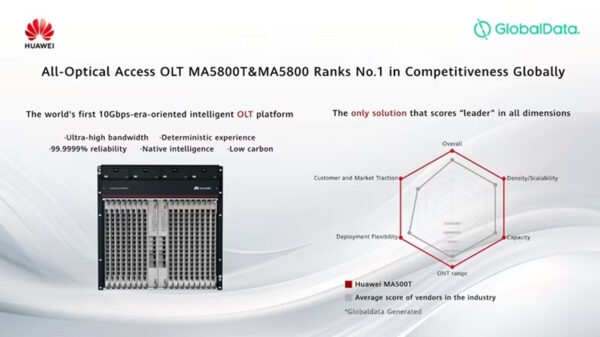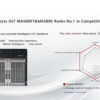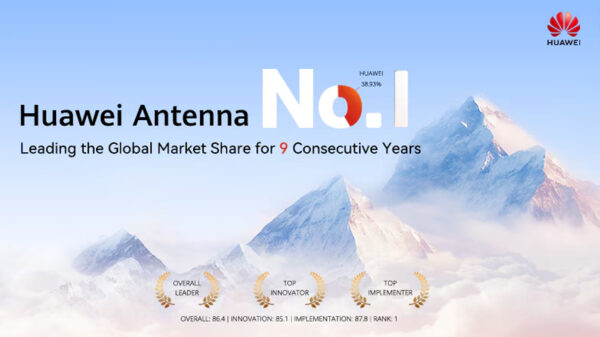Huawei launched OceanStor 5G-Era storage solutions designed to help carriers and enterprises cope with the explosive growth of mass data in the 5G era. The solutions promote the upgrade of data infrastructure for digital transformation in all service scenarios.
Traditional challenges like high storage costs, complex O&M, difficult management and value monetization have become main pain points for many. The 5G-era storage solutions, which cover OceanStor Dorado all-flash storage, OceanStor distributed storage, and automated data management system (DMS) for full data lifecycle, aim to resolve these problems.
New services such as 4K/8K video and VR/AR are developing rapidly with 5G technology. However, the data processing volume of carriers’ billing systems, CRM systems, and network O&M systems will also increase by several times. In the enterprise market, 5G and AI technologies have also fostered the development of enterprise services, such as smart manufacturing, smart healthcare, remote inspection, and intelligent security protection. 5G for enterprise IT systems will transform from the support tools to service innovation platforms, where data storage and processing volumes will grow from the T-bit level to the P-bit level.
However, insufficient storage, data silos, and poor utilization are the most common problems preventing enterprises from digitally transforming. Only less than 2% of the massive volumes of data is stored and less than 10% of the data is effectively used, meaning existing infrastructure and architecture are not working at full potential.
The OceanStor storage solutions released by Huawei offer the following benefits:
- Ultimate performance: OceanStor Dorado all-flash storage adopts the NVMe-based architecture and innovative chip acceleration algorithm to achieve ultra-low latency of 0.1 ms, meeting the requirements of key production services. The SmartMatrix fully interconnected architecture ensures 99.9999% availability for stable and always-on BSS core services even if seven out of eight controllers fail.
- Large capacity: The OceanStor distributed storage adopts new high-density and large-capacity hardware. The 5 U controller enclosure with 120 x 3.5-inch disks provides a capacity of 2.4 PB and a density more than three times the industry average. In terms of the decoupled storage-compute big data solution, with Huawei’s unique elastic EC algorithm, the Pacific hardware achieves a disk utilization of 92%, reducing the TCO of big data services by over 30%, and offering a cost-effective method to mass data storage.
- Simplified management: The data management system (DMS) manages all NEs in a storage system, implementing automatic resource provisioning, proactive risk prevention, quick fault locating, and automatic troubleshooting.
Peter Zhou, President of the Intelligent Data and Storage Domain of Huawei, said, “We are all entering a data-intensive era with 5G, and it has become a priority for Huawei to help carriers and enterprises reduce costs and get the most value out of their data. These solutions enable full lifecycle data management covering collection, storage, computing, management, and usage, and resolve complex problems in mass data management. What’s more, these tailored solutions help reduce data storage costs and improve data utilization for different scenarios, achieving the industry’s best cost and value per bit through the entire data lifecycle.”
At present, Huawei OceanStor storage solutions have been widely used by more than 10,000 customers in over 150 countries around the world, covering multiple industries such as carrier, finance, government, energy, healthcare, manufacturing, and transportation. With such an extensive back catalogue of successful cases, Huawei OceanStor storage solutions have become the favored choices for various industries to store and process core service data.


















































































































